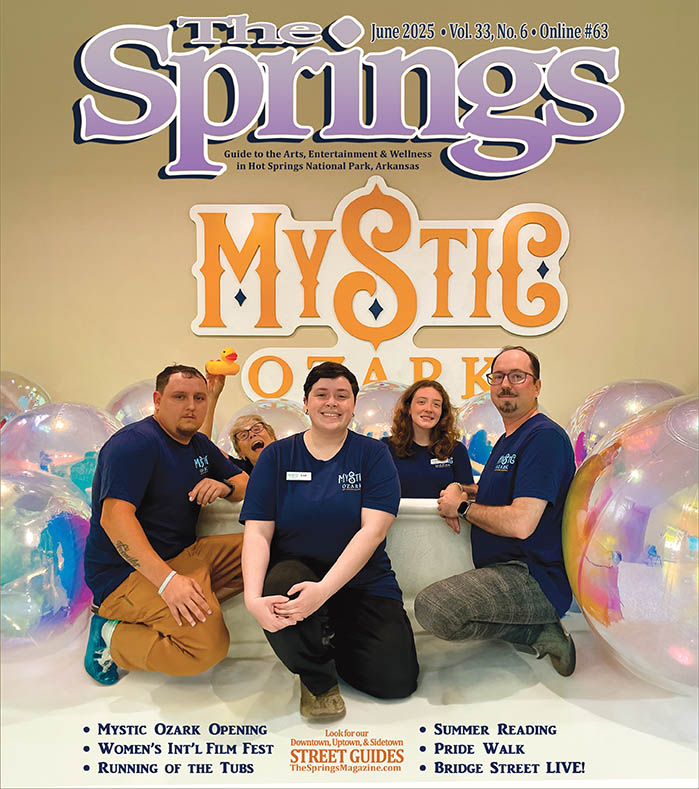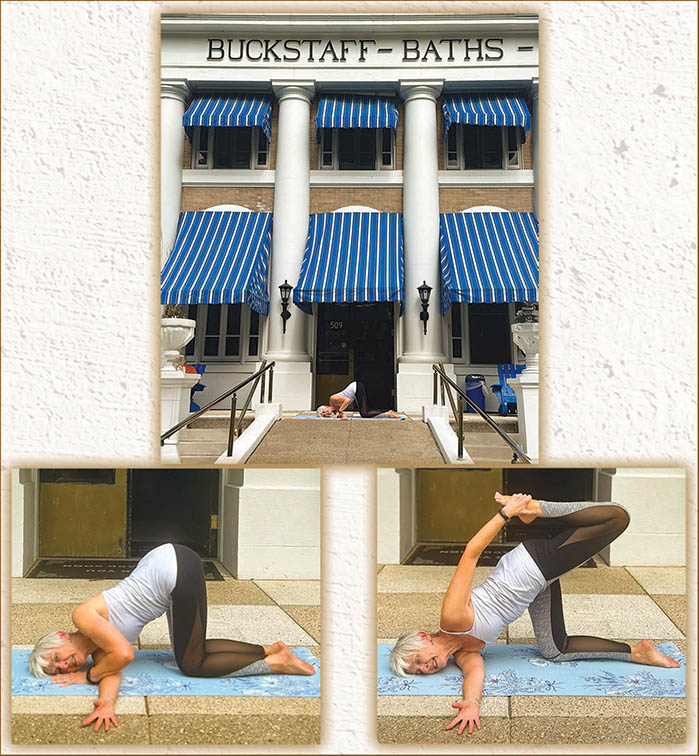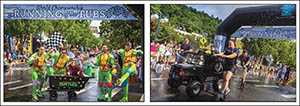By Deborah Halter
The myriad questions women ask about firefighting no longer surprise Alana Pierce. It’s routine for young girls, or their parents, to ask her if women are “allowed” to be firefighters. Or, if they are, whether they can have children and keep their job. Or if they’re required to do all the cooking at the fire station. She and coworker Melanie Walker can both attest to one of the most common, almost comical, questions: “But do you actually fight fire?”
Yes—as professionals, and as volunteers.
The pair are career firefighters with the North Little Rock Fire Department. Pierce is captain on Engine 10, while Walker just completed her probationary year. Both also volunteer at Morning Star Fire Department, where Pierce is training captain.
So, what drives Walker and Pierce in this occupation? For Walker, it’s the reward of providing “real help…comfort and life-saving measures. I’m humbled in my job knowing I can be a good force when things are bad.” For Pierce, in addition to helping the community, it’s the adrenaline rush coupled with good pay and benefits. “At 45, I’m still running full speed when I hear ‘working fire’ over the radio. That inner kid in me can’t wait to get there and tackle it.”
Walker was drawn to the fire service at the young age of 21, after her husband became a volunteer. Pierce’s path wasn’t quite so straight. During her twenties, she was a copy editor and writer, then a stay-at-home-mother, and then a college English instructor. By the time she applied to the NLRFD, she was just seven months away from aging out of eligibility.
“Back then the cut-off age was 32,” she recalls. “Here I was at 31, a volunteer firefighter for less than two years, searching for a good way to explain to my friends and family that I was going to do this thing. This fairly dangerous, very unfeminine thing.”
Pierce was raised in North Little Rock and has always considered it a sister hometown to Hot Springs, where she has lived now for more than two decades. But after ten years with the North Little Rock department, she was concerned that no other minorities had been hired. After another two years, she reached out to Walker.
“We’d meet together to discuss possible questions on the written exam and the interview,” Pierce recalls. “We set up a near-identical physical test administered by NLRFD and practiced it over and over.” That preparation paid off when Walker was hired in August 2018. She is now the third female firefighter in a department of approximately 170.
When women first start the process, Pierce explains, “Some have no idea what the job entails, and almost all the candidates do not understand how long the testing process takes.”
Both Walker and Pierce have worked as recruiters for NLRFD, explaining to men and women alike that a full testing and hiring cycle can take as long as nine months.
“There is a civil service exam first,” Walker explains, adding that the process is common in many departments across the state. “There are books to help you study at the Garland County Library and also online. If you pass that exam, you take your physical agility test. It’s hard, but it’s 80 percent mental. After that, there are panel interviews, a personal interview with the Chief, then medical tests, drug tests, and a psychological evaluation.”
Some candidates, according to Pierce, test numerous years hoping to score high enough to land a career spot. “Some of my brother firefighters have tested ten or twelve times before scoring high enough,” she explains, adding that in some years more than ten firefighters will be hired, in other years just a few.
Becoming a volunteer firefighter, Pierce and Walker agreed, can greatly help candidates increase their scores.
“Alana and I had fire classes under our belts that gave us credit,” says Walker. And a lot of departments favor hours of volunteerism—any kind of volunteerism. Pierce adds that some departments award points for college credits and degrees, military service, and EMT and paramedic certifications. “We are all trained to the EMT level once hired, so anyone testing who is already an EMT or medic will likely score higher than someone who isn’t.”
What they did not get, they say, was extra points for being women.
“That’s a common misconception, I think,” says Pierce. “The departments I’m familiar with around the state don’t go out looking for female firefighters. They go out looking for the best candidates. And often, due to the physical and emotional toll on a woman or her family life, firefighting just isn’t a good match. Of course, it’s the same with men.”
Pierce says she knew Walker would be a great match for North Little Rock because she had seen her commitment as a volunteer. She also knew the hardest year as a firefighter is the probationary year.
“It was hard to watch the toll it took on her,” Pierce recalls. “I’m twice her age, so everything I told her came out sounding like boring mom advice about ‘how it gets better’ and ‘keep your chin up’.”
But having just completed that probationary year, Walker now says it has all been worth it. “It’s an exciting job,” she says, “and it comes with benefits and two days off between every shift.”
What do Pierce and Walker do in those days off? Walker is married and has one dog, Axel. She is currently working on a paramedic license, and she enjoys the creativity of cutting hair in her spare time.
Pierce also is married, with a 22-year-old daughter and 5-year-old son, and four dogs. On her days off from the fire department, she plays kickball with an all-female team she started seven years ago, sells vintage clothing in her online boutique and works part-time in downtown Hot Springs, selling reproduction vintage clothing. “There’s something nice about coming home filthy from a fire and, in the next hour, be wearing heels and a pin-up dress and heading downtown.”
Walker and Pierce both stress that they are able to thrive in this male-dominated, physically and mentally challenging background because of what’s at home—husbands, children, pets, and rewarding outside interests.
“And then we have each other,” says Pierce. “Sometimes I call her and sometimes she calls me. There’s an indescribable comfort in being able to talk about the worst fire calls with someone who has lived through her own bad calls.”
Other times, she says, the comfort comes from just knowing they’re not alone in this profession. “There are times we can’t even get the words out, but each of us knows that the other one just gets it.”
Have interest in becoming a firefighter? For career departments, contact Human Resources, and for volunteering contact the nearest volunteer department.









